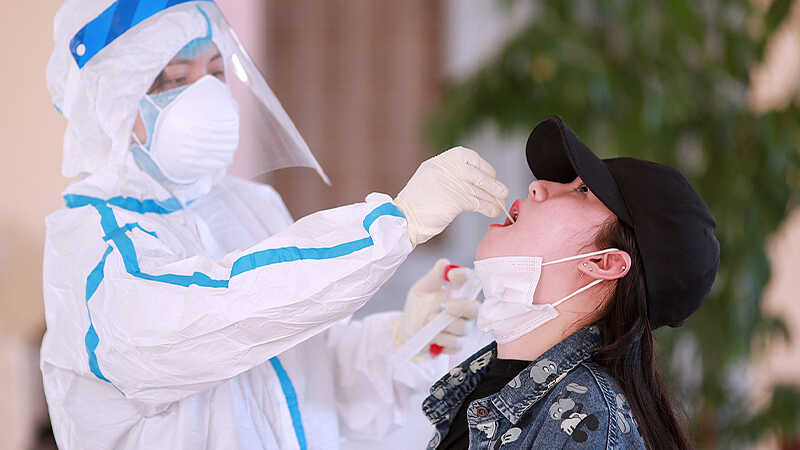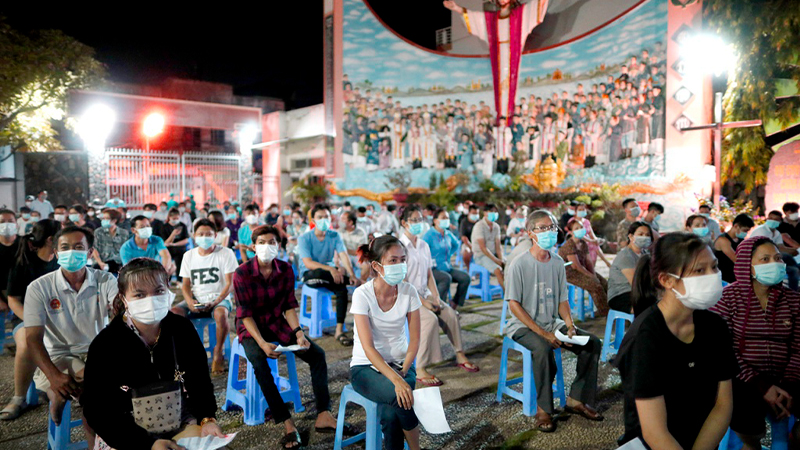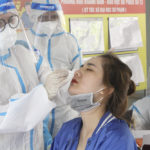On August 7, 2020, the Ministry of Health issued temporary guidance on pooling SARS-CoV-2 test samples. This document provides guidance for preventive healthcare facilities and treatment establishments nationwide. Read on to learn more about this important topic.
1 Why are COVID-19 test samples always collected in groups of 10 or 15 people?
Assoc. Prof. Dr. Luong Ngoc Khue (Director of the Department of Medical Examination and Treatment Management – Deputy Head of the Treatment Subcommittee of the National Steering Committee for COVID-19 Prevention and Control) stated:
“Pooling samples in groups helps conserve resources, provides quicker results, and facilitates faster screening and early detection of F1 cases and at-risk individuals to curb community transmission and reduce mortality.” This approach is also employed by many countries, including the CDC in the United States.
Therefore, by testing groups of people at once, we can reduce the demand for reagents, chemicals, and consumables used in testing, save time spent on testing individual samples, and optimize human resources while ensuring timely testing amid complex developments.
The procedure is as follows: Medical staff will collect samples from groups of 10 or 15 people for pooled testing. After 3-4 days, if you do not receive a summons for quarantine, it means that everyone in the group of 10/15 has tested negative. However, if the result is positive, individual retesting is necessary, based on the previously collected samples, to identify who is infected with the virus. This approach saves time and test kits.
 Why are COVID-19 test samples always collected in groups of 10 or 15 people?
Why are COVID-19 test samples always collected in groups of 10 or 15 people?
2 Important Notes When Undergoing COVID-19 Testing
Ho Chi Minh City has initiated the largest COVID-19 screening campaign to date, aiming to collect approximately 5 million samples within 10 days (500,000 samples per day). As a result, large gatherings for testing are expected, and the following notes must be observed:
- When providing samples for testing, strictly adhere to the 5K message: wear a mask, keep your distance, and disinfect.
- Individuals with long hair should tie their hair back neatly to avoid touching the doctor or contaminating the samples, thus ensuring safety and proper sampling procedures.
- Comply with instructions and cooperate with medical staff to ensure a swift, less painful, and safe sampling process.
- Breathe normally and avoid making facial expressions during sampling, as this can cause muscle contractions and increase discomfort when the swab is inserted.
Note
After receiving the COVID-19 vaccine, continue to participate in testing as usual. Vaccines do not provide 100% protection, as their effectiveness varies depending on the number of doses, timing, individual health conditions, and the time required to generate antibodies. Even after vaccination, it is crucial to strictly follow the 5K guidelines.
 Always adhere to the 5K message: wear a mask, keep your distance, and disinfect.
Always adhere to the 5K message: wear a mask, keep your distance, and disinfect.
This article has provided insights into why COVID-19 testing is conducted in groups. When undergoing COVID-19 testing, please keep in mind the notes mentioned in this article and strictly follow the 5K guidelines.
Coronavirus Testing: Where, How Much and How Long?
The COVID-19 pandemic has been a challenging time for all, and testing is a crucial step in identifying and containing the spread of the virus. As we navigate these uncertain times, it is essential to know where and how to get tested. Join us as we explore the world of COVID-19 testing, uncovering the locations and costs involved in staying safe and healthy.



































